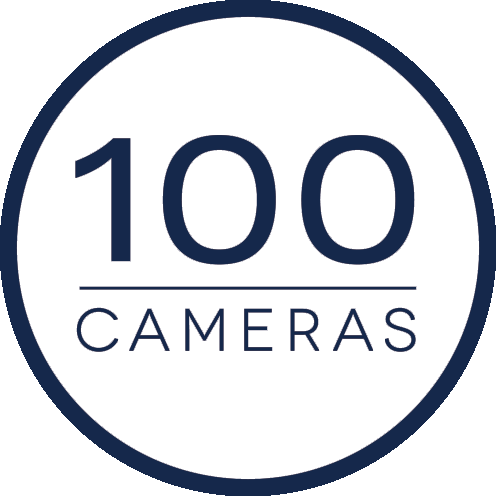PARTNER ORGANIZATION NAME:
*
PARTNER ORGANIZATION CITY, COUNTRY:
*
NAME OF PARTNER ORGANIZATION CONTACT:
*
First Name
Last Name
TITLE:
*
EMAIL ADDRESS:
*
DATE OF BIRTH:
*
MM
DD
YYYY
PARTNERSHIP LOGISTICS:
*
PROGRAM PLANNING LOGISTICS:
*
CURRICULUM LOGISTICS:
*
WEATHER CONSIDERATIONS
*
Due to the nature of the outdoor activities that accompany each lesson (some of which are substantially long) and the nature of working with cameras, we have found that the program runs smoothest when the outdoor temperatures are neither extreme hot nor cold. However, 100cameras always defers to the local organization and leadership to determine at what point during the year a program would best support the programming needs and community needs. We also recognize that you understand what the students are accustomed to and that you likely manage details like these regularly. I understand that the curriculum involves outdoor activities, and I will make the best decision for timing of the program and will plan for the following:
YOUR MISSION
*
Please share about the mission and work of your organization.
PLEASE PROVIDE A BRIEF BIO ABOUT THE PERSON WHO WILL BE TEACHING THE PROGRAM.
*
THE VISION
*
Please share some context about the youth participants you will be working alongside. In what ways do you think this program and curriculum would be supportive and uplifting to themselves, their perspectives, and their life experiences?
• Help us understand your purpose and intent in hosting a 100cameras Program alongside this specific group of students and this community. Share about their community and everyday life experiences.
• Share any additional context/info that you believe would help us equip the teacher to connect with the students and best tailor the curriculum to serve their needs.
THE PROGRAM MODEL
*
Please recap an outline of how you would see to best implement the Program. Please outline your 100cameras Program by providing the following information:
• Any program date requirements based on your organization’s needs (Such as if a program would only work during a school year or during a school break; or if there is a deadline by when you would need the program to be completed; etc.)
• The potential time of day that would work best with your programming (Generally, each class needs 2 hours)
• The age range of the students
• Describe how it could work to take students on photo walks outside in the local area during each lesson
LOCAL LEADERSHIP
*
Please share if or how local leadership, voices, and perspectives are prioritized within the infrastructure of your organization. If there are roles filled by individuals who are non-local, please share how their roles work within the organization's commitment to local leadership and work.
COMMUNITY-LED PROGRAM IMPACT
*
100cameras has shared our priorities and intentions for impact in our program model on the informational page, and it’s important that we also understand your ideas and priorities regarding creating community-led impact.
• Imagine the program has completed, what results would you see that would have you say this has been a successful program? What do you hope this program will make possible in the lives of the students, the partner organization, and in the community as a whole?
• Complete this sentence: “Ultimately, what I need this program to provide for our organization is _________________________.”
• Share any ideas or existing structures that the organization has that could highlight the program and the photographs taken by the students, ultimately to help raise awareness for the community. (For example: Host a gallery event, share through social media or newsletters, or others)
• Describe how any funds from student photo sales could make an impact through the work of the organization through any of the three categories of impact which the student photo sales can support (Basic Life Supplies, Education, or Medical Needs)
Please see application landing page for an important note about student photo sales:
www.100cameras.org/program-organizations-apply
PLEASE INCLUDE ANY LINKS THAT WOULD BE HELPFUL INFORMATION ABOUT YOUR ORGANIZATION
Links to any annual and/or financial reports are very much appreciated.
GOVERNMENT REGISTRATION IDENTIFICATION
*
• If this documentation has changed since our last program partnership together, send a copy of your organization's government registration to yes@100cameras.org. Please email this BEFORE submitting your application
• Check the appropriate box below:
SAFETY PROTOCOLS FOR STUDENTS:
*
• As our local liaison and partner in the community, please confirm that your organization has practices in place that protect the emotional, mental, and physical well-being and safety of the youth that you work alongside.
• Additionally, is your organization willing and able to partner with the 100cameras team to ensure these safety protocols are followed by any Program teachers or volunteers in the classroom?
